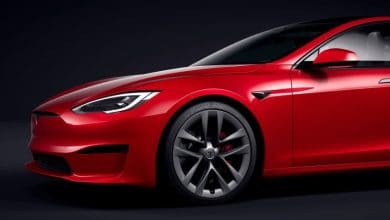Tesla opens its network of superchargers to other brands

For some time, we have known that the Californian manufacturer Tesla intends to open its charging network to other brands. It seems that it is now done if we are to believe the announcement made by Tesla on his official Twitter account.
For the moment, it is only possible to recharge a vehicle of another brand only at certain superchargers selected, only in the United States. However, Tesla plans to offer more than 3,500 mixed charging stations by the end of 2024. It is not yet known if Canada will also offer them, but it is a safe bet that it will.
The decision also follows pressure from the Biden administration, which, in its bid to expand the charging circuit in the United States, will offer Tesla significant subsidies in order to make its network accessible to its competitors. The US administration intends to spend 7.5 billion dollars over the next few years to develop the charging network in the United States.

Terminals adapted to the need
Since Tesla uses a proprietary type of connector, the manufacturer had to modify its terminals to accommodate other types of vehicles. Most electric vehicles use a CSS (Combined Charging System) type connector, others use CHAdeMO.
Owners of non-Tesla vehicles simply download the Tesla app, create an account and select the “Charge your non Tesla” feature. Once there, the user only has to select the terminal and start charging. Charges will be charged to your credit card, and no, you will not be able to use your free Tesla vehicle charges to charge another brand.
The app already allows you to find mixed charging stations. According to what we have learned, Tesla owns 60% of the charging locations in the United States, which gives it a clear advantage over the competition. In Quebec, the situation is not the same, various networks, including that of the Electric Circuit, have quickly followed suit in order to develop an omnipresent charging network.

Conclusion
While many welcome the opening of Tesla’s superchargers to competition, some owners are concerned that the massive influx of competing vehicles could overload the network and create additional waiting times for owners, especially during peak hours and in winter.











